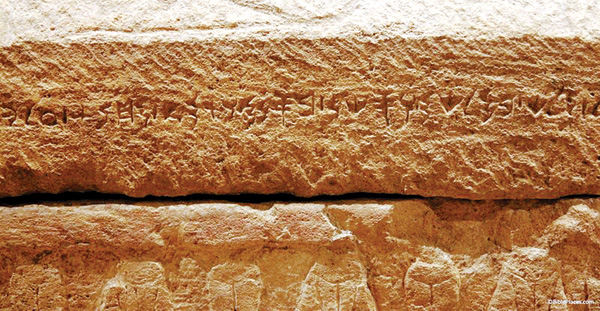Image Details

A.D. Riddle/bibleplaces.com
An inscription on the upper rim and lid of the coffin—the earliest known substantial Phoenician inscription—identifies the deceased King Ahiram. Despite the elaborately decorated sarcophagus, the tomb itself was small and roughly carved. Some who reject the identification of Weill’s tombs as a royal necropolis point out that much more elaborate tombs later in the First Temple period are known in Jerusalem. The simplicity of King Ahiram’s and other contemporaraneous royal tombs in the Near East, however, parallel the plain features of the early Iron Age tombs in the City of David. The more elegant Jerusalem tombs, on the other hand, were carved hundreds of years later, when Judah was a more established, prosperous kingdom.
